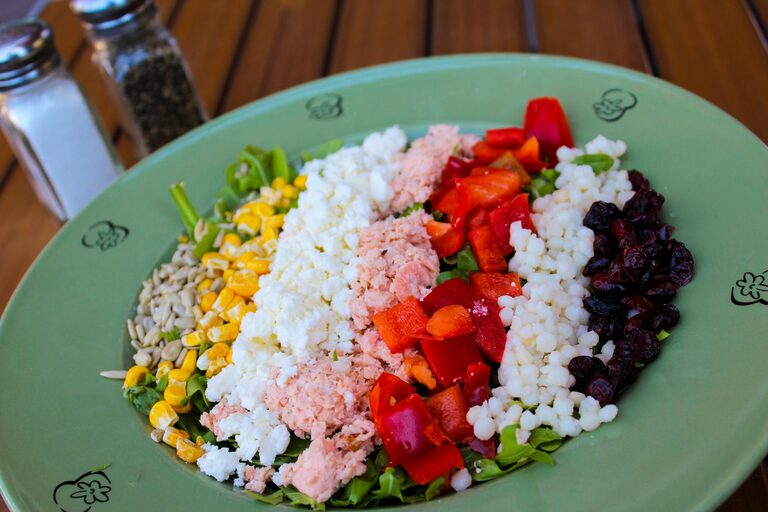Planning balanced meals doesn’t have to be overwhelming or time-consuming. With a few simple approaches, you can enjoy nutritious, satisfying food every day without feeling stressed or stuck. Whether you’re cooking for yourself, your family, or special dietary needs, this guide will help you get organized and confident in creating balanced meals.
Why Balanced Meals Matter
A balanced meal provides your body with the right amount of nutrients to function well. This includes proteins, carbohydrates, fats, vitamins, and minerals. Eating balanced meals can help maintain steady energy levels, support your immune system, and promote overall health.
However, busy schedules and endless food choices often make meal planning feel complicated. The good news is that with some easy strategies, you can simplify the process and make meal planning an enjoyable part of your routine.
Step 1: Understand the Basics of a Balanced Plate
A helpful way to visualize balanced meals is by using the “plate method.” Imagine your plate divided into sections:
– Half the plate: Vegetables and fruits
– One quarter: Lean proteins (chicken, fish, beans, tofu)
– One quarter: Whole grains or starchy vegetables (brown rice, quinoa, sweet potatoes)
Including a small amount of healthy fats like olive oil, nuts, or avocado can round out the meal.
Step 2: Start with Simple Meal Ideas
You don’t need complicated recipes to eat well. Start with meals you enjoy and modify them slightly to enhance balance. For example:
– Grilled chicken with roasted vegetables and brown rice
– Stir-fried tofu with mixed veggies and quinoa
– Whole-wheat pasta with tomato sauce, spinach, and lean ground beef
Keep a list of go-to recipes that you can rely on when planning your week.
Step 3: Plan Meals Ahead of Time
Taking 15 to 30 minutes once a week to plan your meals can reduce stress and last-minute decisions. Here’s how to get started:
- **Check your schedule:** Note busy days when you may want quicker meals.
- **Choose your meals:** Pick breakfast, lunch, dinner, and snacks based on your preferences and time available.
- **Make a shopping list:** Write down the ingredients you’ll need for each meal to avoid extra trips to the store.
Using a meal planning app or a simple notebook can keep everything in one place.
Step 4: Prep Ingredients in Advance
Meal prepping is a time-saver and helps make balanced eating easier. You can:
– Wash and chop vegetables for the week
– Cook grains like rice or quinoa ahead
– Portion out snacks like nuts or fruit
Having ready-to-use ingredients on hand means less stress when it’s time to cook or eat.
Step 5: Keep Healthy Staples in Your Pantry
Stocking your kitchen with healthy basics makes it easier to throw together meals without extra effort. Consider keeping:
– Canned beans and lentils
– Whole grains (oats, whole wheat pasta)
– Frozen vegetables and fruits
– Herbs and spices to add flavor
– Healthy oils (olive, avocado)
These items provide flexibility for quick meal ideas.
Step 6: Listen to Your Body and Adjust
Remember that balanced eating is not about perfection. Pay attention to how your body feels after meals and adjust portion sizes or food choices accordingly. It’s okay to enjoy treats or simpler meals from time to time.
Additional Tips for Stress-Free Meal Planning
– Batch cook: Prepare large portions and freeze meals for later use.
– Mix and match: Use similar ingredients in different meals to save time and reduce waste.
– Include variety: Rotate proteins, grains, and vegetables to keep meals interesting.
– Use leftovers creatively: Turn dinner into lunch the next day with some tweaks.
Conclusion
Planning balanced meals without stress is achievable with a few simple steps. By understanding what makes a balanced plate, starting with favorite meals, planning ahead, prepping ingredients, and keeping healthy staples on hand, you can enjoy nutritious and enjoyable eating every day. Take it one step at a time, and soon meal planning will become a calming and rewarding part of your routine. Happy cooking!

